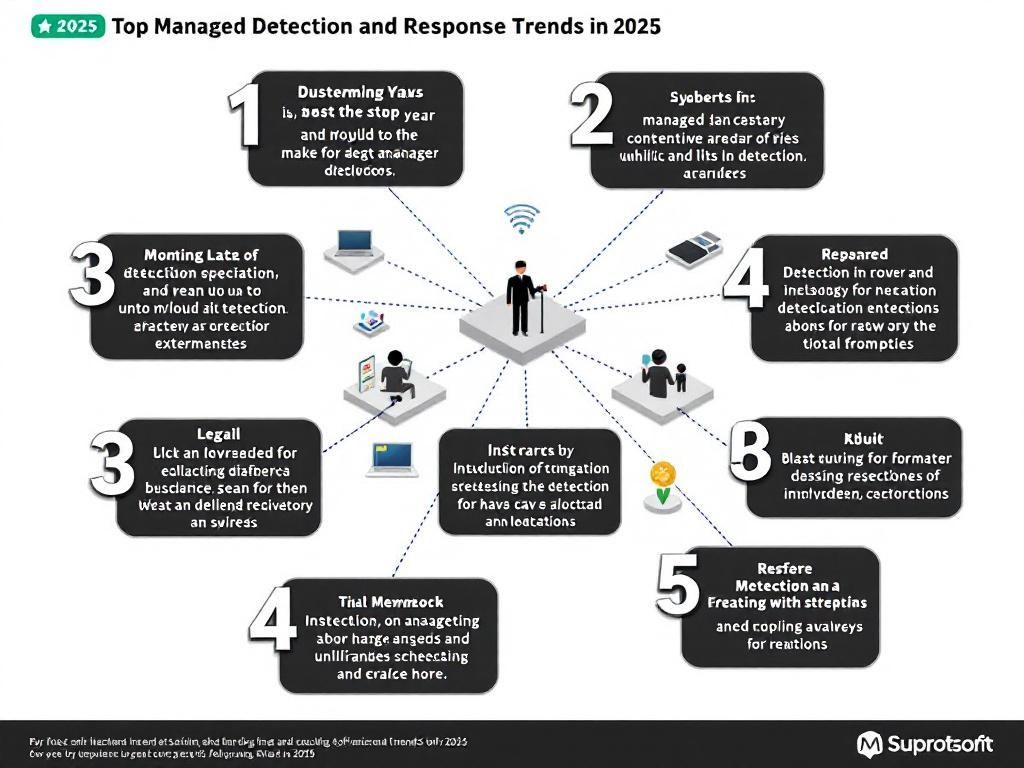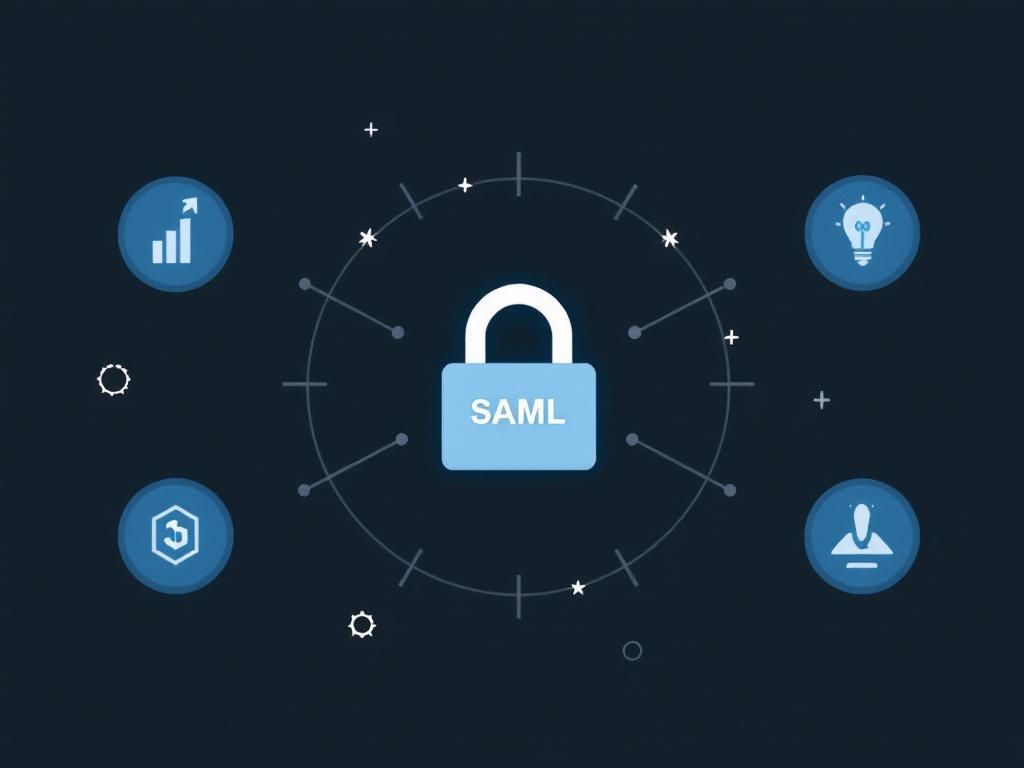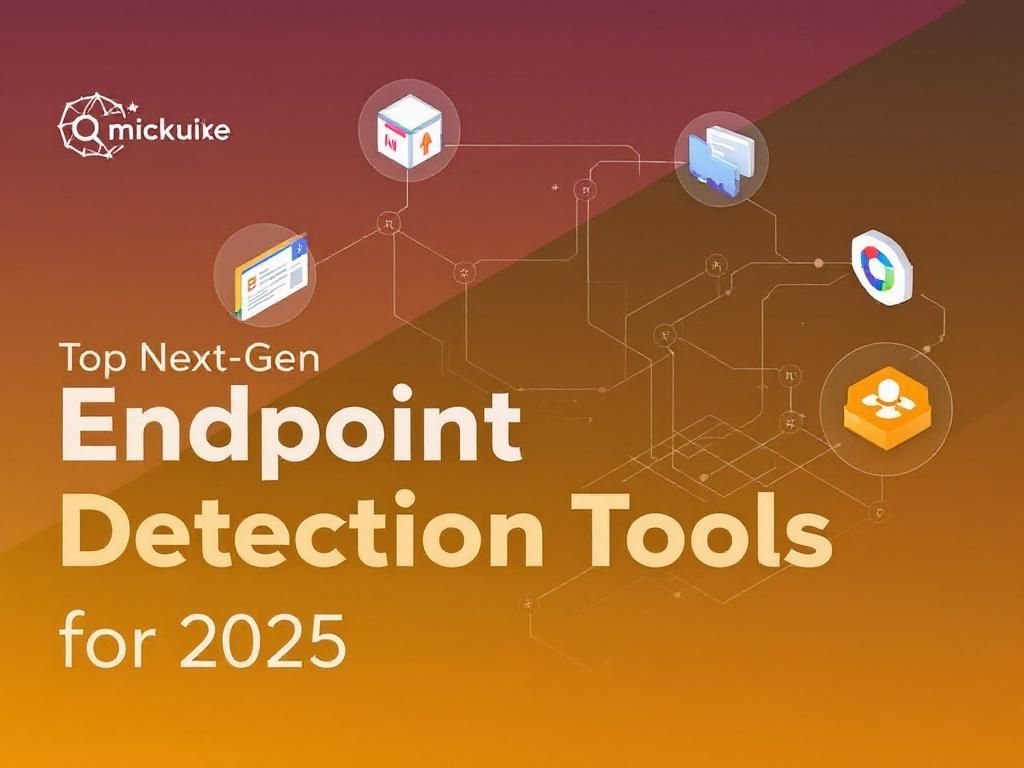Why You Need Next-Gen Endpoint Detection Now
Discover the importance of next-gen endpoint detection for enhanced cybersecurity and protection against evolving threats in today's digital landscape.

In an age where cyber threats are becoming increasingly sophisticated and frequent, the importance of robust cybersecurity measures cannot be understated. Traditional security solutions, while useful, often fall short in the face of evolving threats. This is where next-generation endpoint detection and response (EDR) solutions come into play, offering advanced capabilities that can significantly bolster an organization’s security posture. With a focus on real-time monitoring, proactive threat hunting, and automated response mechanisms, next-gen EDR tools are crucial in protecting sensitive data and maintaining operational integrity.
Table of Contents
The Rise of Cyber Threats
Organizations today are navigating a labyrinth of cyber threats that range from ransomware attacks to advanced persistent threats (APTs). The following statistics highlight the urgency of robust endpoint security:
- According to Cybersecurity Ventures, cybercrime damage costs are projected to reach $10.5 trillion annually by 2025.
- In 2021, the average cost of a data breach was $4.24 million, up from $3.86 million in 2020 (IBM).
- Ransomware attacks increased by 50% in 2020 compared to the previous year (Bitdefender).
Understanding the landscape of cyber threats is essential when evaluating the need for next-gen EDR:
- Malware: Malicious software designed to disrupt, damage, or gain unauthorized access to systems.
- Phishing Attacks: Deceptive tactics used to trick users into divulging sensitive information.
- Ransomware: A type of malware that encrypts files and demands a ransom for the decryption key.
- Advanced Persistent Threats (APTs): Prolonged and targeted cyberattacks where an intruder gains access to a network and remains undetected for an extended period.
What is Next-Gen Endpoint Detection?
Next-gen endpoint detection refers to a set of advanced security measures designed to identify, analyze, and respond to endpoint threats. Unlike traditional endpoint security solutions, which primarily focus on prevention, next-gen EDR emphasizes detection and response. Key features include:
- Behavioral Analysis: Monitors endpoints for unusual behavior that may indicate an ongoing attack.
- Threat Intelligence: Leverages real-time intelligence to identify and neutralize threats before they can cause harm.
- Automated Response: Facilitates immediate responses to detected threats, minimizing potential damage.
How It Works
Next-gen EDR solutions typically operate using the following mechanisms:
| Mechanism | Description |
|---|---|
| Endpoint Monitoring | Continuous tracking of endpoints to detect anomalies. |
| Data Collection | Aggregation of data from various sources to establish a comprehensive threat map. |
| Incident Response | Automated and manual responses to identified incidents, including isolation and remediation. |
| Reporting and Analysis | Detailed reports that provide insights into security incidents and trends. |
Benefits of Implementing Next-Gen EDR
Investing in next-gen EDR solutions offers numerous advantages:
Real-Time Threat Detection
With the ability to monitor endpoints continuously, next-gen EDR tools can identify threats as they occur, allowing for immediate mitigation. This reduces the dwell time of attackers within the network significantly.
Proactive Threat Hunting
Rather than waiting for alerts from traditional security measures, next-gen EDR encourages proactive threat hunting. Security teams can actively search for indicators of compromise (IOCs) to identify potential breaches before they escalate.
Enhanced Visibility
Comprehensive visibility into all endpoints within an organization enables quicker identification of security incidents. This facilitates a more efficient incident response process and minimizes the impact of breaches.
Choosing the Right Next-Gen EDR Solution
When selecting a next-gen EDR solution, consider the following factors:
- Integration Capabilities: Ensure the solution can seamlessly integrate with existing security infrastructure.
- Scalability: The solution should be able to grow with your organization’s needs.
- User Experience: A user-friendly interface is crucial for effective threat management.
- Vendor Reputation: Look for vendors with a proven track record in cybersecurity.
Popular Next-Gen EDR Solutions
Some of the leading next-gen EDR solutions in the market include:
- CrowdStrike Falcon
- SentinelOne
- Microsoft Defender for Endpoint
- Carbon Black by VMware
Future Trends in Endpoint Detection
As cyber threats continue to evolve, so too will the landscape of endpoint detection and response. Here are some trends to watch for:
AI and Machine Learning Integration
Incorporating artificial intelligence (AI) and machine learning will enhance threat detection capabilities, enabling solutions to adapt to new threats more rapidly.
Zero Trust Architecture
Adopting a zero trust approach means that no user or device is trusted by default, which enhances the security of endpoint environments.
Cloud-Based EDR Solutions
With the increasing shift to cloud environments, next-gen EDR solutions will need to offer robust capabilities to protect cloud-based endpoints.
Conclusion
The evolving cyber threat landscape necessitates a reevaluation of security strategies. Next-gen endpoint detection and response solutions provide organizations with advanced tools to combat increasingly sophisticated threats. By investing in these solutions, businesses can protect their sensitive data, ensure operational continuity, and maintain customer trust. As we move forward, leveraging next-gen EDR will not only be a strategic advantage but a fundamental necessity in safeguarding digital assets.
FAQ
What is next-gen endpoint detection?
Next-gen endpoint detection refers to advanced security solutions that monitor and protect endpoints, such as computers and mobile devices, from sophisticated cyber threats using AI and machine learning.
Why is next-gen endpoint detection important for businesses?
It is crucial for businesses to adopt next-gen endpoint detection to safeguard sensitive data, prevent data breaches, and ensure compliance with regulatory standards.
How does next-gen endpoint detection differ from traditional methods?
Next-gen endpoint detection uses advanced technologies like behavioral analysis and threat intelligence, whereas traditional methods often rely on signature-based detection, which is less effective against new threats.
What are the benefits of implementing next-gen endpoint detection solutions?
Benefits include real-time threat detection, automated response capabilities, reduced incident response times, and enhanced visibility into endpoint activity.
Is next-gen endpoint detection suitable for small businesses?
Yes, next-gen endpoint detection is suitable for businesses of all sizes, as it helps small businesses protect their digital assets without requiring extensive IT resources.
How can organizations choose the right next-gen endpoint detection solution?
Organizations should evaluate solutions based on features, scalability, ease of integration, and the ability to provide comprehensive threat intelligence and analytics.








